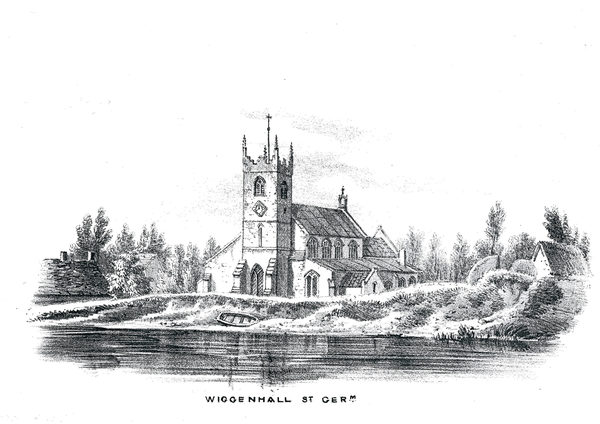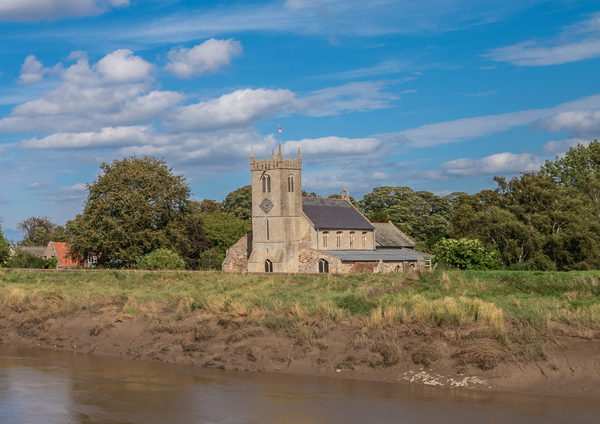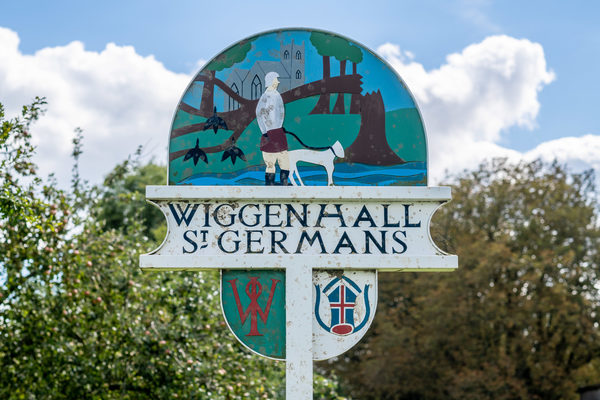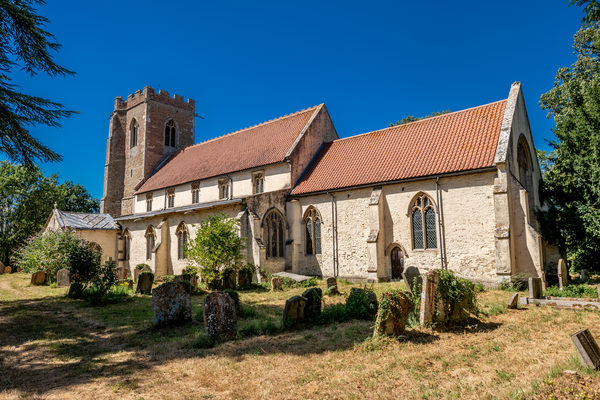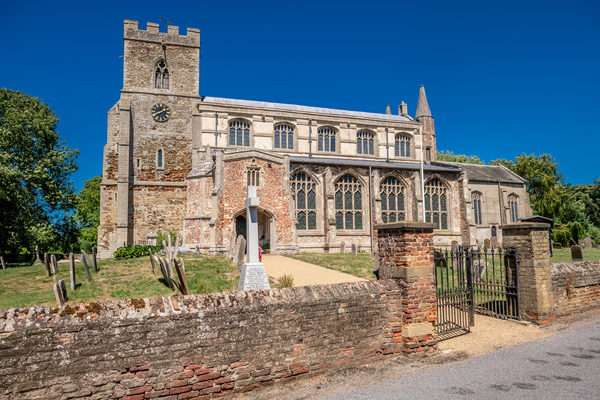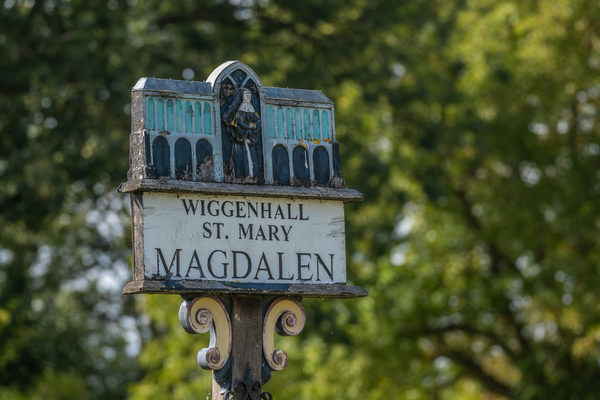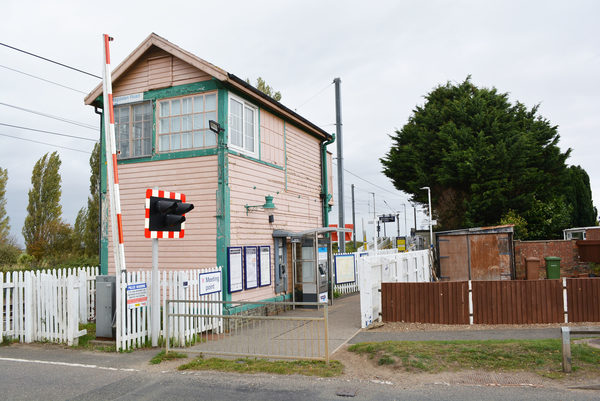The dedication of this church to St German, also known as St Germanus or St Germaine, is a typical East Anglian church. There is thought to be some evidence of Norman origins, though the earliest surviving part is the base of the tower that may be as early as the 13th century. The present nave, chancel, north aisle and chapel are largely 14th century, though they received a remodelling in the 15th century. The aisles extend into the chancel, the north aisle has a gabled roof, culminating at the east end in a cross on the top.
The now crumbling red brick Tudor south porch is thought to date to around 1500, and there are traces of a three-storey north vestry that has since been demolished. Inside a number of interesting bench ends survive. The medieval benches form the two central ranges in the nave. Most of those in the aisles are Victorian copies.
On the south side, the upper subject is the Seven Deadly Sins. The sin is depicted on the left hand side, with an angel on the right hand side indicating the sin. Each sin scene is set in the mouth of a big fish representing the jaws of hell. The surviving scenes, from the west, are Lust, Gluttony, Avarice, Anger and Pride. Sloth and Envy are destroyed, although one survives as a stump. Pride is damaged, but the others are in wonderful condition. The figures in the niches are Apostles.
On the north side are incomplete parts of several sets. The seated figures are probably the Evangelists. There is also a small selection of carved animals, most of which are quiet, local images of everyday creatures. But most important of all there are the seven sacraments of the Catholic Church.
The Sins and the Sacraments were popular subjects in the 14th and 15th centuries, at a time when the Church was trying to reinforce Catholic orthodoxy in the face of local superstitions. The imperative for this had been the rising to prominence of a new middle-class after the old estates had been broken up in the wake of the Black Death. They were most concerned that their souls should be prayed for, especially in the event of a sudden death.
There are two fonts - 19th century stone on a marble pillars, and medieval font in the south aisle. The Jacobean pulpit has its hourglass stand, and a couple of evangelical banners.
